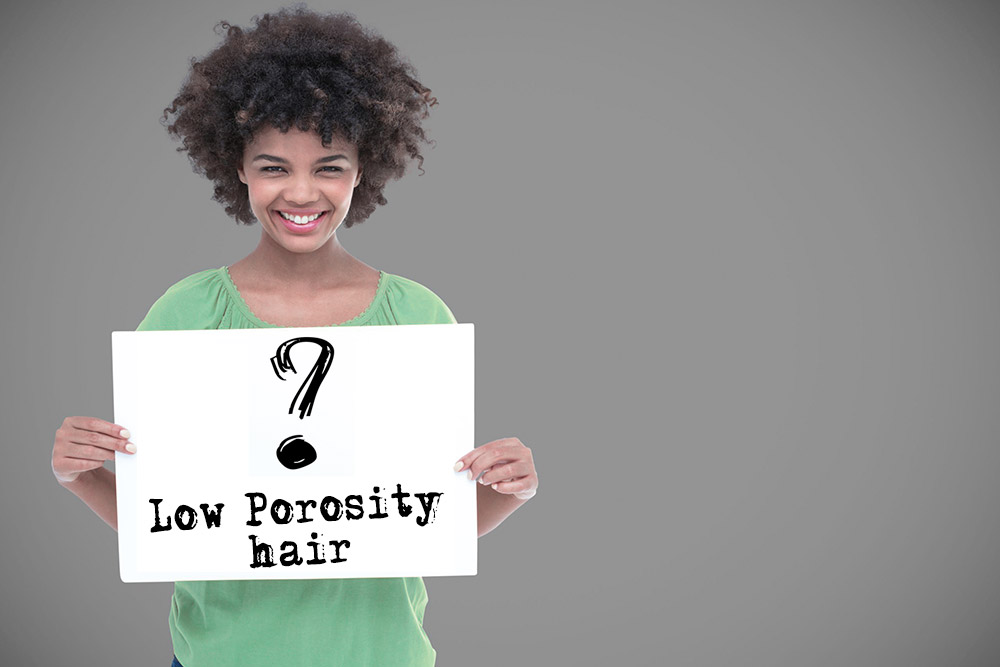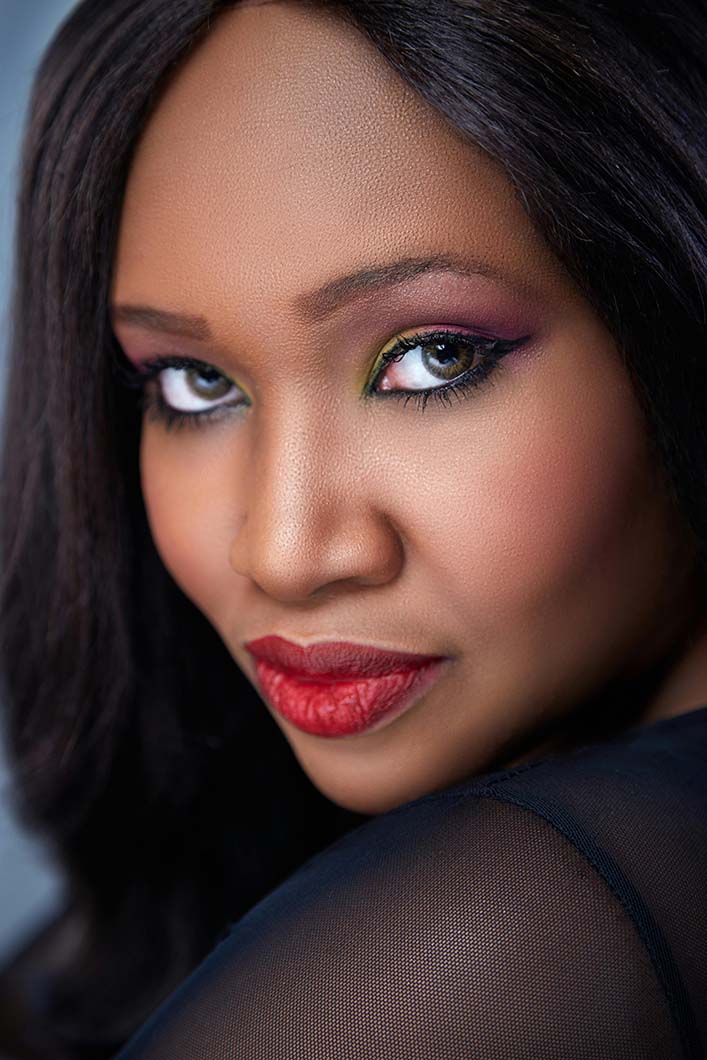Low Porosity Hair – What is Low Porosity Hair?
Knowing your porosity and whether you have low-porosity hair is one of the foundation blocks of any pain-free and successful natural hair journey.
It is therefore disheartening that you are sometimes met with confusion when asking about hair porosity in the natural hair community.
But despair not!
Today, we will be digging into all things on Low-porosity hair:
*Pssst, for a comprehensive list of all the natural hair lingo to know when you embark on your exciting Journey, NaturalHairZone.com’s Natural Hair Glossary can bring you up to speed on the top 50 natural hair buzz words.
1. What exactly is Hair Porosity?
Your hair porosity = The ability of your hair to absorb and maintain moisture.
The long and the short of it is that knowing your hair porosity is the “holy grail” of any natural hair and length retention journey.
Why?
2. Why is Hair Porosity so Important?
Knowing your hair porosity as a Type 4 Natural is extremely important because it goes to the core of your hair, being able to absorb and maintain moisture.
Added Porosity
Hair with added porosity can absorb the most moisture into the hair strands but also, by the same token, lose this moisture quickly.

This is the ‘easy come, easy go’ porosity type – and a main characteristic of this hair type is excess frizz. This porosity type can be a challenge when it comes to retaining moisture.
Low-Porosity Struggles to Absorb Moisture
On the other hand, low-porosity hair does not absorb moisture into the hair strands quickly, but when it does, it can retain it for a while, aiding in length retention and the hair’s overall look.
Why Understand Porosity?
So it goes without saying that one of the reasons why porosity is so important.
This concept goes to the heart of understanding the correct hair routines and products to ensure adequate moisturisation, and the ultimate health, of your hair strands.
Do you struggle with Thinning Hair?
3. How do I know my Hair Porosity?
There are three different ways in which you can determine your hair porosity:
The Float Porosity Test
Step 1 – Pluck from your Hair
The Float Porosity Test will require you to pluck a strand of hair from your roots (or your comb, as long as it is an unbroken strand from your roots) and drop it in a glass of water.
Step 2 – Drop into a Glass of Water & Observe
If the strand absorbs the water straight away and sinks to the bottom, you have high porosity hair, and if it floats on top, then you have low porosity hair.
Step 3 – Alternatives to the Float Test
If, like me, you are not keen on plucking whole strands of hair because you are averse to any pain or discomfort, no matter how small (hence eyebrows and bikini waxing are a big personal no-no), you can give the float test a pass.
Step 4 – For the Sceptical Natural
Or if you are sceptical of the science and worried that the strands plucked may not be from your roots and your OCD self is scared of plucking yourself bald like a chicken, you can try the feel porosity test.

The Feel Porosity Test
The Feel Porosity Test is a porosity test that requires you to feel your hair – that is, take a strand and slide your finger along the strand, up towards your scalp.
If you feel little bumps along the hair shaft, then it means that your cuticle is lifted and you have high porosity.
If your fingers slip smoothly, then it means that you have low-porosity hair.
The NaturalHairZone.com Porosity Test
The Na Ha ZO Porosity Test is a quick question-and-answer porosity test.
Based on how your hair had reacted in the past, you can assess and ask yourself (or ask a friend) a few basic questions.
Should you answer yes to most of the following questions, then you are most likely a low-porosity natural:
- Your hair strands dry slowly
- Products tend to sit on top of your hair shaft and are not easily absorbed without manipulation (read heat)
- Your hair takes a while to get fully saturated with water when you wash it
- You do not need to have regular protein treatments
- Products with keratin/protein harden your hair.
Should you answer yes to most of the following questions, you are mostly a high porosity natural:
- Your hair strands air dry quickly
- Products are easily absorbed into your hair
- Your hair gets wet easily
- You have frizz
Alternatively, you can do all three porosity tests to make sure.
Once you know your hair porosity, the next step is to determine what products suit your hair type.
Find out more on the LCO and LOC Methods for Black Hair Texture.
4. The Correct Regime for Low Porosity Hair
To get the best out of your low hair porosity hair, you should include most, if not all, of the following hair routines.

Clarifying – after Removing Protective Styling before Conditioning
Clarifying: This is because of build-up due to products not penetrating the hair shaft but having a tendency to sit on it. This makes the ability of moisture to penetrate the shaft more difficult due to the build-up.
ACV Rinse – Regularly Depending on the Porosity of your Hair
Thus it is important to add clarifying your strands into your regular regime, which can be done using ACV rinse and Clay masks. You can also invest in a good clarifying shampoo.
Deep Conditioning Weekly or Bi-Monthly
Deep conditioning: Introducing heat is one of how low porosity naturals can ensure more moisture is introduced into their hair strands, and weekly or bi-monthly deep conditioning treatments attain this.
Deep conditioning introduces heat, which slightly lifts the tight cuticles, allowing water absorption.
Also, be sure to rinse your hair with warm water.
Humectants and Emollients are Important
Use Humectants and Emollients: Introducing humectants and emollients into your hair regime is important.
Humectants are great as they aid in trapping moisture onto your hair shaft and draw in moisture from around – keeping your hair strands hydrated.
Great humectants include glycerine, honey, molasses, castor oil, and Shea butter.
5. Staying away from Protein Treatments
A lot has been said about low porosity hair and protein treatment in the way of regular protein treatments not being good for this hair type, and this is 100% correct!
Care to read more on Type 3C Naturals?
Most low porosity naturals who have jumped on the Aloe Vera juice leave-in and rice water spritz bandwagon have jumped right off the wagon after finding that they were rewarded for their efforts with dry hair repeatedly.
Should protein treatments never be used?
The answer is NO.
However, it must be used responsibly! Most low porosity naturals do not have to have regular protein treatments and should steer clear of ANY products that have keratin/protein in their leave-in conditioner. Also, should protein treatments be done, deep conditioning moisture treatments should be followed up to get the most benefit for this hair type.
Armed with these gems of wisdom, we are sure NaturalHairZone.com’s low porosity naturals will rock your curls.
Till then, spritz your crown!
And do let us know how knowing your natural hair’s low-porosity has impacted your natural hair journey; share your comments with us below…









